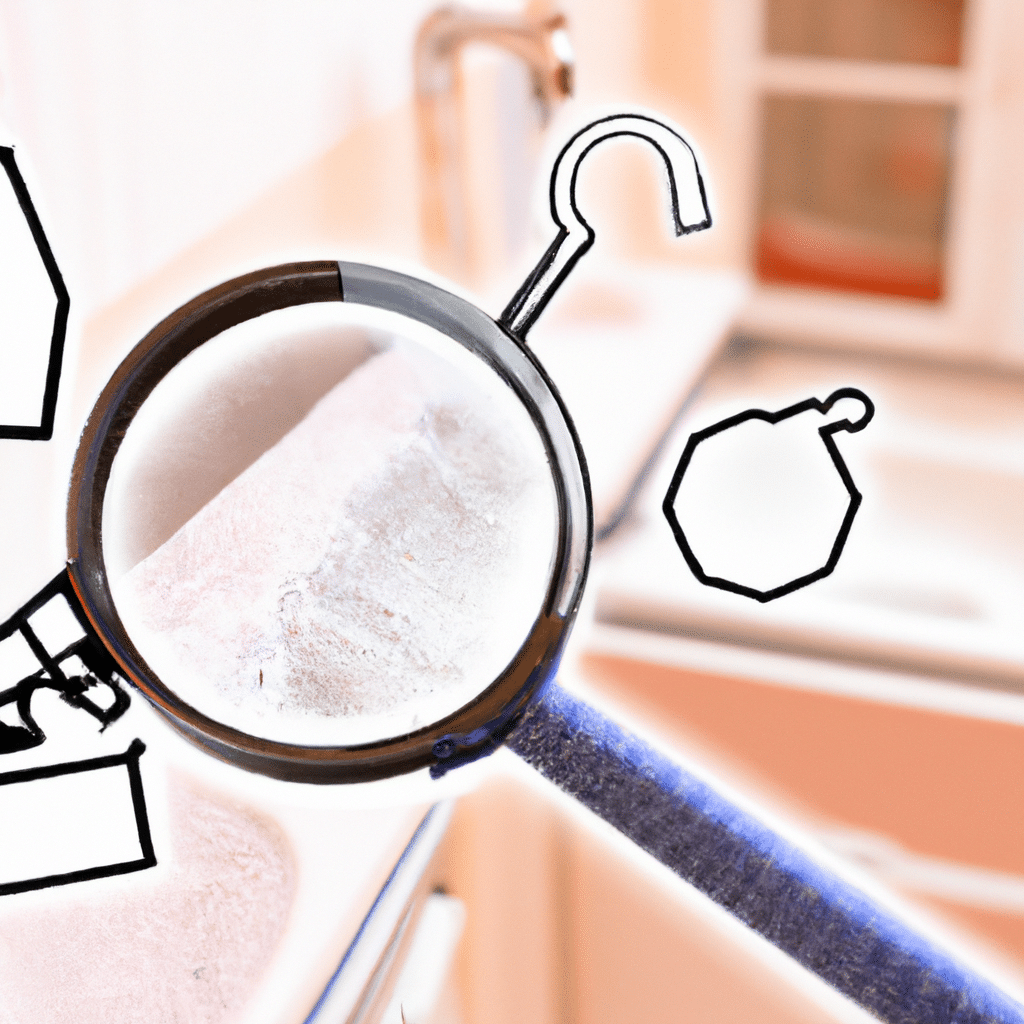Mould is a common problem that many homeowners face, and it can be a serious health hazard if left unchecked. While most people are aware of the dangers of mould, they may not know that it can come from surprising sources. In this article, we will explore the different sources of home mould and how to prevent them.

What is Mould?
Mould is a type of fungus that grows in damp and humid environments. It reproduces by releasing spores into the air, which can cause respiratory problems and allergic reactions in some people. Mould can grow on almost any surface, including walls, ceilings, floors, and even furniture.
Surprising Sources of Home Mould
- Indoor Plants: While indoor plants are great for purifying the air, they can also contribute to mould growth. The soil in potted plants can become damp and provide an ideal environment for mould to grow. To prevent this, make sure to water your plants only when necessary and remove any dead leaves or flowers.
- Humidifiers: Humidifiers are great for adding moisture to the air, especially during the dry winter months. However, if not cleaned properly, they can also contribute to mould growth. To prevent this, make sure to clean your humidifier regularly and replace the water daily.
- Leaky Pipes: Leaky pipes are a common source of moisture in the home, and they can lead to mould growth if left unfixed. To prevent this, make sure to inspect your pipes regularly and fix any leaks as soon as possible.
- Roof Leaks: A leaky roof can also contribute to mould growth, especially if the water seeps into the walls or ceiling. To prevent this, make sure to inspect your roof regularly and fix any leaks as soon as possible.
- Poor Ventilation: Poor ventilation can also contribute to mould growth, especially in bathrooms and kitchens. To prevent this, make sure to use exhaust fans when cooking or showering and open windows to allow for proper air circulation.
- Dirty Air Ducts: Dirty air ducts can also contribute to mould growth, as they can harbor moisture and bacteria. To prevent this, make sure to have your air ducts cleaned regularly by a professional.
- Wet Clothes: Wet clothes left in a damp environment, such as a laundry room or basement, can also contribute to mould growth. To prevent this, make sure to dry your clothes thoroughly and store them in a dry place.
How to Prevent Mould Growth
- Reduce Humidity: The best way to prevent mould growth is to reduce humidity levels in the home. Use a dehumidifier in damp areas and keep the relative humidity below 60 percent.
- Fix Leaks: Fix any leaks in your home as soon as possible to prevent moisture from seeping into walls or ceilings.
- Proper Ventilation: Use exhaust fans and open windows to allow for proper air circulation in areas prone to moisture, such as bathrooms and kitchens.
- Clean Regularly: Regular cleaning can help prevent mould growth, especially in areas prone to moisture, such as bathrooms and kitchens.
- Dry Wet Areas: Dry wet areas immediately to prevent moisture from seeping into walls or floors.
- Use Mould-Resistant Products: Use mould-resistant products, such as paint and drywall, in areas prone to moisture.
- Professional Inspection: Have your home inspected by a professional if you suspect mould growth or have had water damage in the past.
Conclusion
Mould can be a serious health hazard if left unchecked, but it can also come from surprising sources. By understanding these sources and taking the necessary precautions, you can prevent mould growth in your home. Remember to reduce humidity, fix leaks, maintain proper ventilation, clean regularly, dry wet areas, use mould-resistant products, and have your home inspected by a professional if necessary. By following these tips, you can keep your home mould-free and ensure the health and safety of you and your family.
Related posts:
No related posts.




